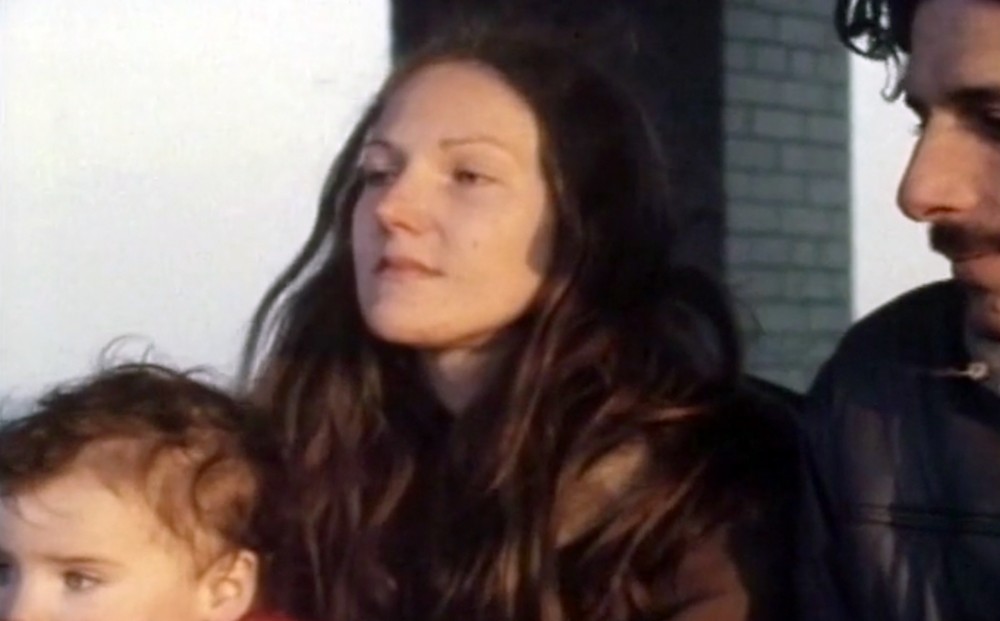Lee Grant’s
DOWN AND OUT IN AMERICA
Now Streaming
MUST END THURSDAY, JUNE 25
Academy Award® Winner, Best Documentary 1986
Director Lee Grant
Cinematography Tom Hurwitz
1986 | U.S.A. | Approx. 57 min. | English
(1986, Lee Grant) Grant's exploration of homelessness, foreclosures, and food insecurity – from rural areas to inner cities – during the Reagan-era recession is more pertinent today than ever. From the heartland, where farms in Minnesota are being dismembered by local banks, through to the tent-communities of Los Angeles and welfare hotels of New York. A groundbreaking and unforgettable look at life inside an America we have been too quick to forget.
A HOPE RUNS HIGH RELEASE
Reviews
Excerpt from Richard Brody's new review in The New Yorker,
“What to Stream: Three Online Releases of Movies That Would Have Come to Theatres”
What good is an Oscar? Lee Grant’s 1986 documentary feature “Down and Out in America” won one (tying with a film about the bandleader Artie Shaw), but it has remained long unavailable regardless. It came to Film Forum’s Web site on Friday, and it’s a powerful, bracing, mournful film. Specifically, its subject is the age of Ronald Reagan and the installation of a new era of calculated cruelties toward the poor and the powerless. Grant, working with the cinematographer Tom Hurwitz, visits farmers in Minnesota who are being dispossessed of their farms and their homes by banks that are engaging in predatory practices (chicanery involving the assessment of land) and, in the process, voiding the Midwest of tens of thousands of family farms to the benefit of corporate concerns. She documents their organized protests, which even garner the support of the state’s government—to no avail. She talks with unemployed people, former employees of local factories that have moved their manufacturing operations to Southern states—what’s unstated is, to states where unions are weak—or out of the country, and she observes the desolation of towns that results.
In Los Angeles, Grant films homeless people who have developed a well-organized and orderly shanty town on a vacant lot—which is visited by a police officer who’s the advance guard for a whole battalion of officers that comes by soon thereafter to evict the residents and demolish the structures. In New York, she visits formerly homeless residents of the Lower East Side who have transformed abandoned buildings into quality housing but fear their eviction by the authorities in the interest of real-estate companies. She also films outside a midtown hotel—and, unable to enter, obtains footage by way of residents’ hidden cameras—where the homeless are housed in grossly substandard conditions, at an absurdly inflated cost to the city. And, in an extended, pain-filled concluding sequence, she speaks with a young homeless couple with five young children who were burned out of their Coney Island apartment and are enduring a bureaucratic runaround and the squalor of their officially assigned hotel.
In her voice-over commentary, Grant traces the rise of unemployment and homelessness, the displacement of factories, the closing of farms, and the dispossession of city dwellers to the early nineteen-eighties, to the time of the first Reagan Administration. She makes clear that the lack of a federal policy is itself a policy, that inaction regarding the well-being of those in danger is itself a form of cruel action, that economic and social phenomena masked as in some way natural or self-generating (such as the increase in inequality and the upward transfer of wealth) are the product of politics—and that the effects of those policies is likely to be political, too. In “Down and Out in America,” the current state of American politics is seen in its first monstrous stages.

